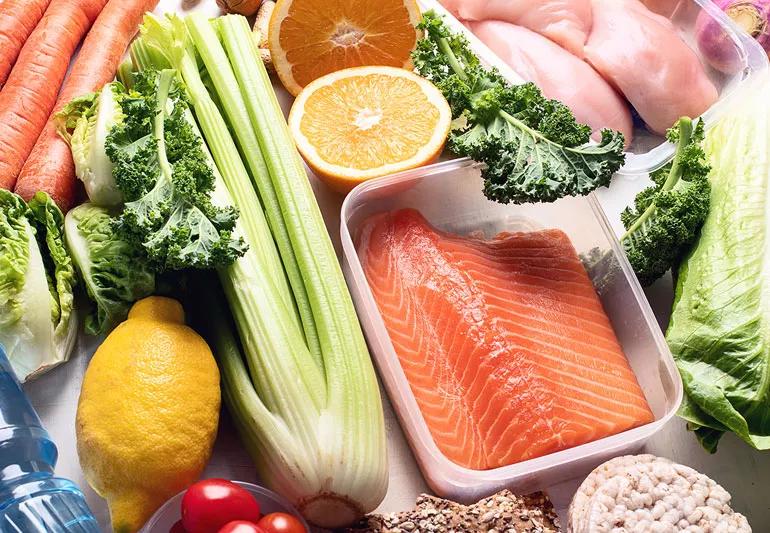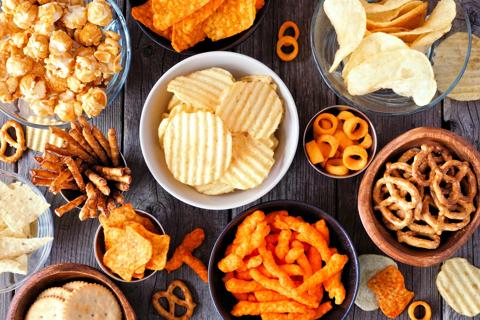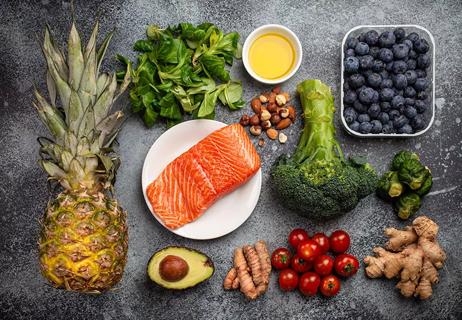Foods and supplements that support your body

The health benefits of choosing whole foods like fruits, vegetables and whole grains over processed foods are nearly endless. One of the primary benefits of these nutrient-rich foods is that they can reduce inflammation in the body.
Advertisement
Cleveland Clinic is a non-profit academic medical center. Advertising on our site helps support our mission. We do not endorse non-Cleveland Clinic products or services. Policy
“Exercise can cause acute or short-term inflammation, which is normal,” says sports health dietitian Kate Patton, MEd, RD, CSSD, LD. “A proper diet helps keep this inflammation under control.”
What is most concerning is the potential for chronic inflammation as a result of poor diet, stress and/or improper or overtraining in those who exercise vigorously. This combination puts you at higher risk for injury and illness. Reducing inflammation in your body can help you train more consistently, recover faster from injuries, perform at your highest level and ultimately prevent chronic disease.
Foods that fight inflammation include a mix of carbohydrates, protein and fat since they’re your sources of energy (carbs), the building blocks of cells (protein) and the means to absorb vitamins (fat). Both vitamins and minerals play a crucial role in muscle contraction, blood flow, tissue repair and healing.
Patton outlines nine recommendations for foods that decrease inflammation:
Advertisement
Here are some recommendations that work best for people who exercise vigorously:
“It’s important to consider carefully the way you fuel your body,” she says. “A proper diet and supplements will help keep inflammation under control.”
Advertisement
Learn more about our editorial process.
Advertisement

Cut back on foods made with added sugars, trans fats, refined carbs, omega-6 fatty acids and processed meats

The foods you eat (and avoid) impact inflammation inside of your body

The flexible eating plan aims to boost your brain health by focusing on plant-based foods and limiting saturated fat

You can use applesauce, tofu, chia seeds and more in place of eggs

Eat fruits, vegetables, legumes, whole grains, lean proteins and healthy fats to help manage symptoms of this degenerative brain condition

Eat this fatty fish two times a week to support your muscle, brain and heart health

Foods with iron, antioxidants and fiber can help you feel your best

Nutrients, antioxidants and water in celery help your heart and gut while keeping you hydrated

If you’re feeling short of breath, sleep can be tough — propping yourself up or sleeping on your side may help

If you fear the unknown or find yourself needing reassurance often, you may identify with this attachment style

If you’re looking to boost your gut health, it’s better to get fiber from whole foods